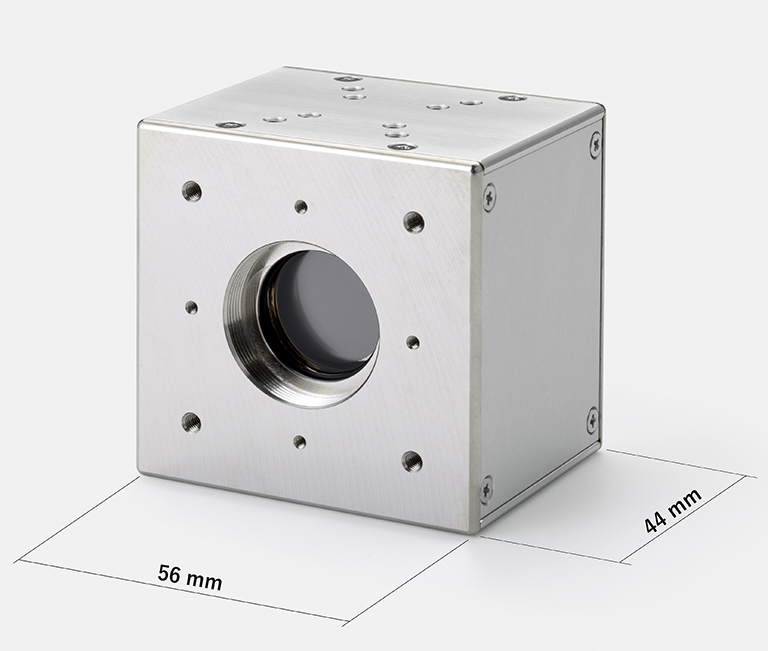Hamamatsu Photonics has developed the world’s first terahertz image intensifier with high resolution and fast response that allow for real-time imaging of terahertz wave pulses transmitted through or reflected from target objects.
Terahertz waves are electromagnetic waves near a frequency of 1 THz and have the properties of both light and radio waves.
An image intensifier is an image-enhancement tube primarily developed for night vision. A typical image intensifier consists of a photocathode to convert the incoming light into electrons, a microchannel plate (MCP) to amplify the electrons, and a phosphor screen to return the electrons to light, all sealed in a vacuum tube. By selecting the photocathode material, the incoming light including visible and invisible light can be converted into electrons, which are then multiplied in a vacuum. This process enables high-speed, high-resolution and high-sensitivity imaging of luminescent phenomena.
Hamamatsu Photonics has been working closely with the Technical University of Denmark to develop photoelectric conversion technology using small antenna elements (metamaterial antennas) that convert terahertz waves into electrons. The team applied this photoelectric conversion technology to a metamaterial antenna on the inner surface of the I.I. input window. The team also redesigned the antenna structure to increase the efficiency of converting terahertz waves into electrons, which are effectively multiplied in the vacuum. By doing it in this way, we succeeded for the first time in the world in developing a fast-response, high-resolution THz-I.I. capable of real-time imaging of terahertz waves transmitted through or reflected from target objects.
This THz-I.I. also allows imaging of terahertz waves in any frequency band by changing the antenna design to match the required application.
Applications for the device include non-destructive inspection in the food industry that are normally difficult to detect using ordinary X-ray inspection techniques. Since terahertz waves are harmless to the human body, the THz-I.I. is also promising for body scanners that capture real-time images of terahertz waves reflected from the target object. This will prove highly effective when making walk-through security checks at train ticket gates and entrances to event venues. In research applications, the THz-I.I. will serve as a tool to acquire the beam profile of terahertz waves or to adjust the terahertz optical system.
Hamamatsu now plans to develop a THz-I.I. with higher sensitivity for actual use and aim to start shipping product samples within a year.










